The walls of your home have several layers. Behind the siding, different elements form these layers and strengthen the walls. Are you wondering what material is under the siding or cladding? We researched wall construction to provide you with the best answer.
You'll find underlayment and structural sheathing behind the siding. Underlayment or weather-resistive barrier (WRB) protects the wall from water and air infiltration. On the other hand, sheathing serves as a nail base and strengthens the wall system.
With these elements, your home will be much more comfortable and secure. But you might find yourself confused by all the technicalities. Continue reading to learn more about those materials so you can make the right choice for your siding.
![Handsome young man construction worker wearing safety helmet and work gloves while installing exterior wood siding - What Goes Under Siding [Wood, Vinyl And More]](https://hvacseer.com/wp-content/uploads/2022/06/HANDSO1.png)
Underlayment
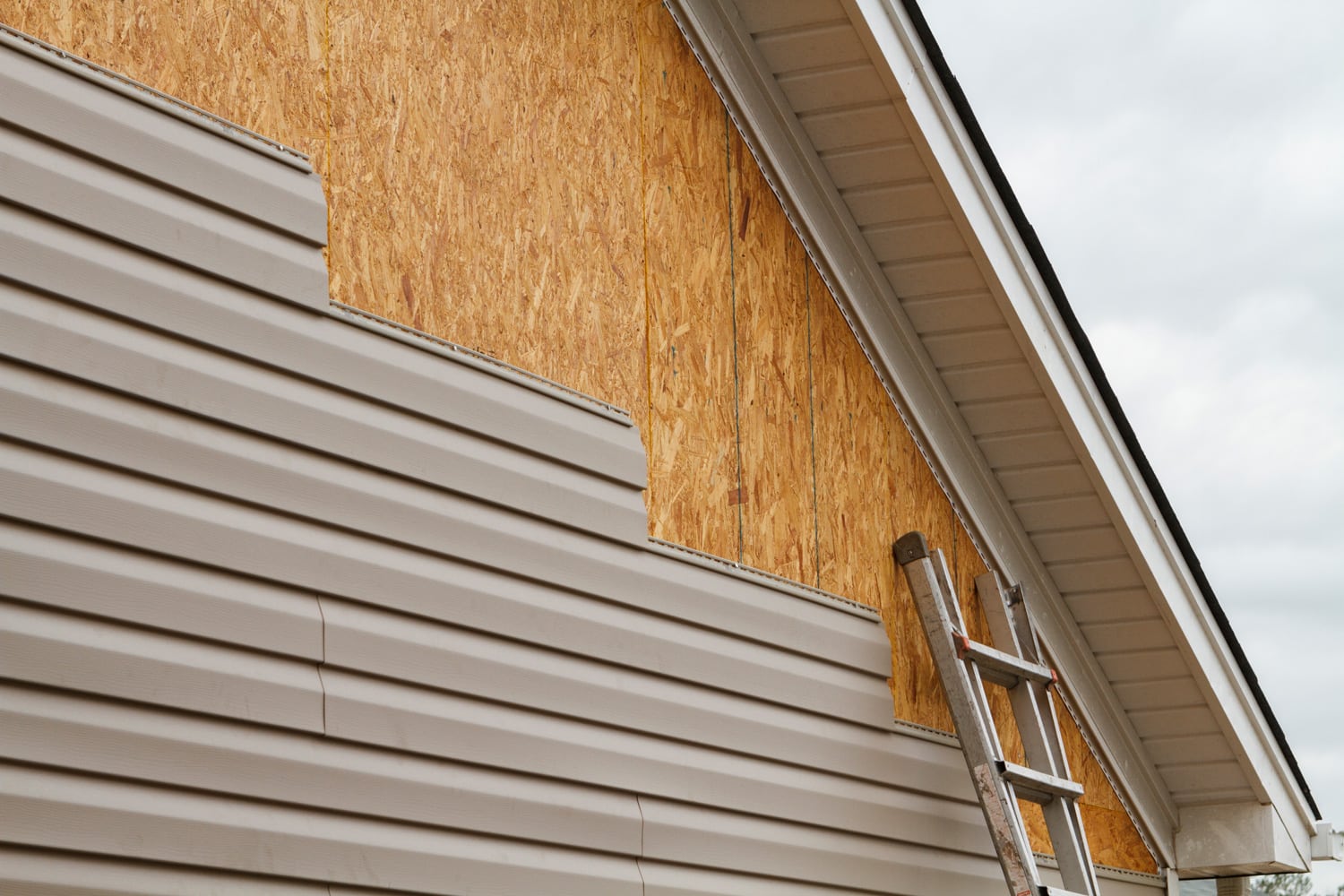
Siding is a primary defense to secure your home, while underlayment or WRB is an additional defense. It protects the home interior from water buildup and seals the air circulation. It has high vapor permeability, allowing the vapor inside your house to escape.
There are three types of WRB:
- Housewrap
- Tar paper
- Asphalt felt paper
According to the International Code Council (ICC) Section R703, the exterior wall of a house must provide a weather-resistant envelope. Homeowners must install WRB in their homes. But it exempts log walls constructed under ICC 400.
Exterior Sheathing
Another important element to your wall is sheathing. We can classify sheathing into two types: structural and non-structural. Structural sheathing enables bending and twisting resistance. Aside from the structural support, it is also the surface where you nail down the siding.
The common materials used for structural sheathing with varying thickness and durability include:
- Wood-based (plywood, treated plywood, oriented strand board (OSB), and fiberboard)
- Gypsum-based panel or drywall
- Cement board
- Fiberglass mat (for commercial structures)
While the former type provides reinforcement, non-structural sheathing boosts insulation and waterproofing. It can be plastic, foam, cellulose fiber, or a radiance barrier.
For more insights, check out this post: Can You Use Radiant Barrier Sheathing For Walls?
What Is Underneath Vinyl Siding?
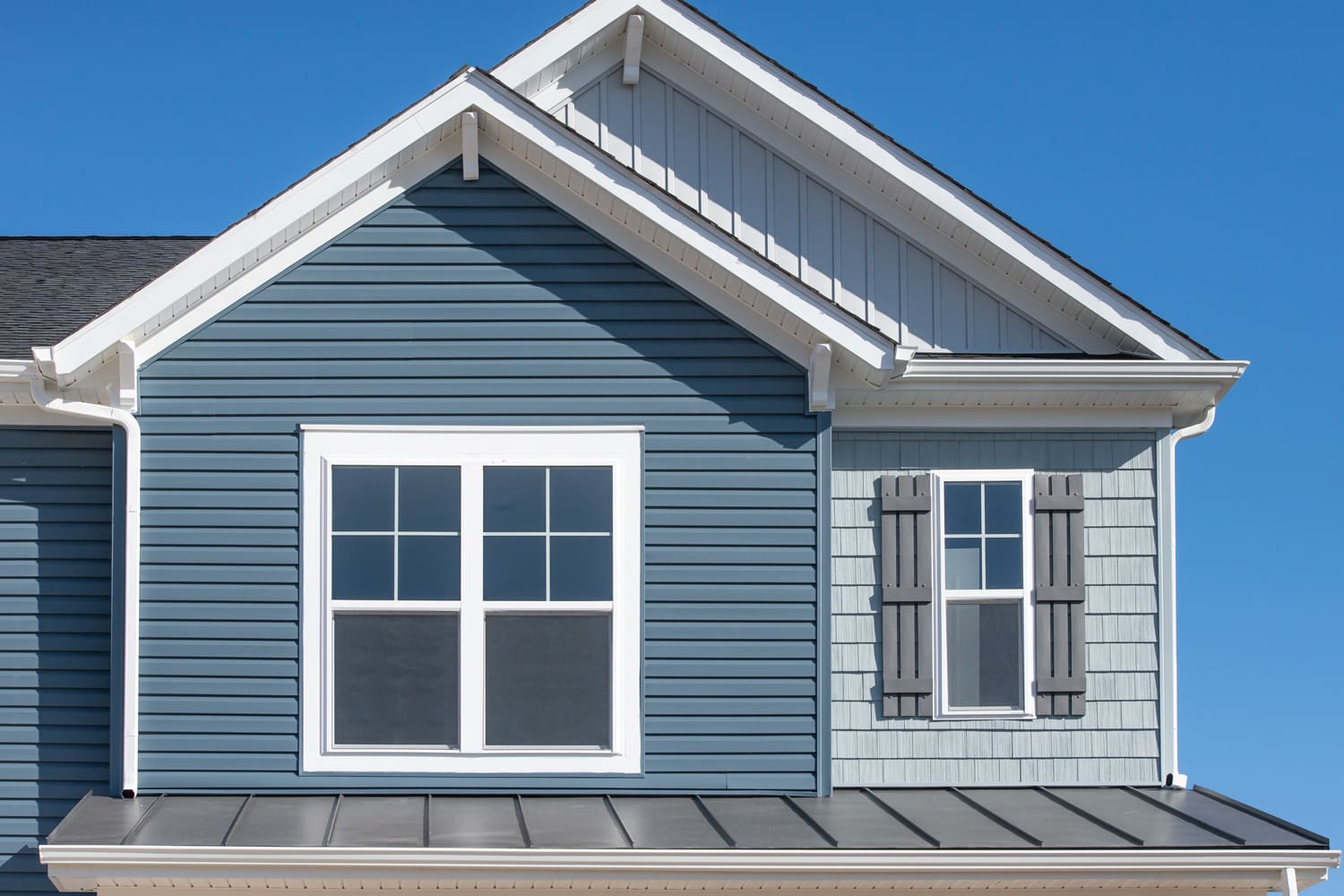
For structural sheathing, you'll find either plywood or OSB. However, vinyl siding is combustible. It will not ignite, but it can melt upon exposure to heat. For this reason, gypsum sheathing, a fire-resistant material, is more suitable for vinyl siding.
You will need rigid foam boards for your non-structural insulation. The rigid foam board must go over 1-inch thick to properly bind the siding and other materials.
To find out more about vinyl siding, check out this post: Does Vinyl Siding Make A House Warmer?
What Is The Best Underlayment for Vinyl Siding?
Water-resistant vinyl is the most popular siding material in America. But in reality, the vinyl does leak. For additional water protection, you will have to install a house wrap before you install the siding. The house wrap covers the cracks where the pieces are joined.
A translucent house wrap will help you staple and view easily the stud, openings, and corners after installation.
Click here to see this roll of Prime house wrap on Amazon.
Do I Need A House Wrap Under Wood Siding?
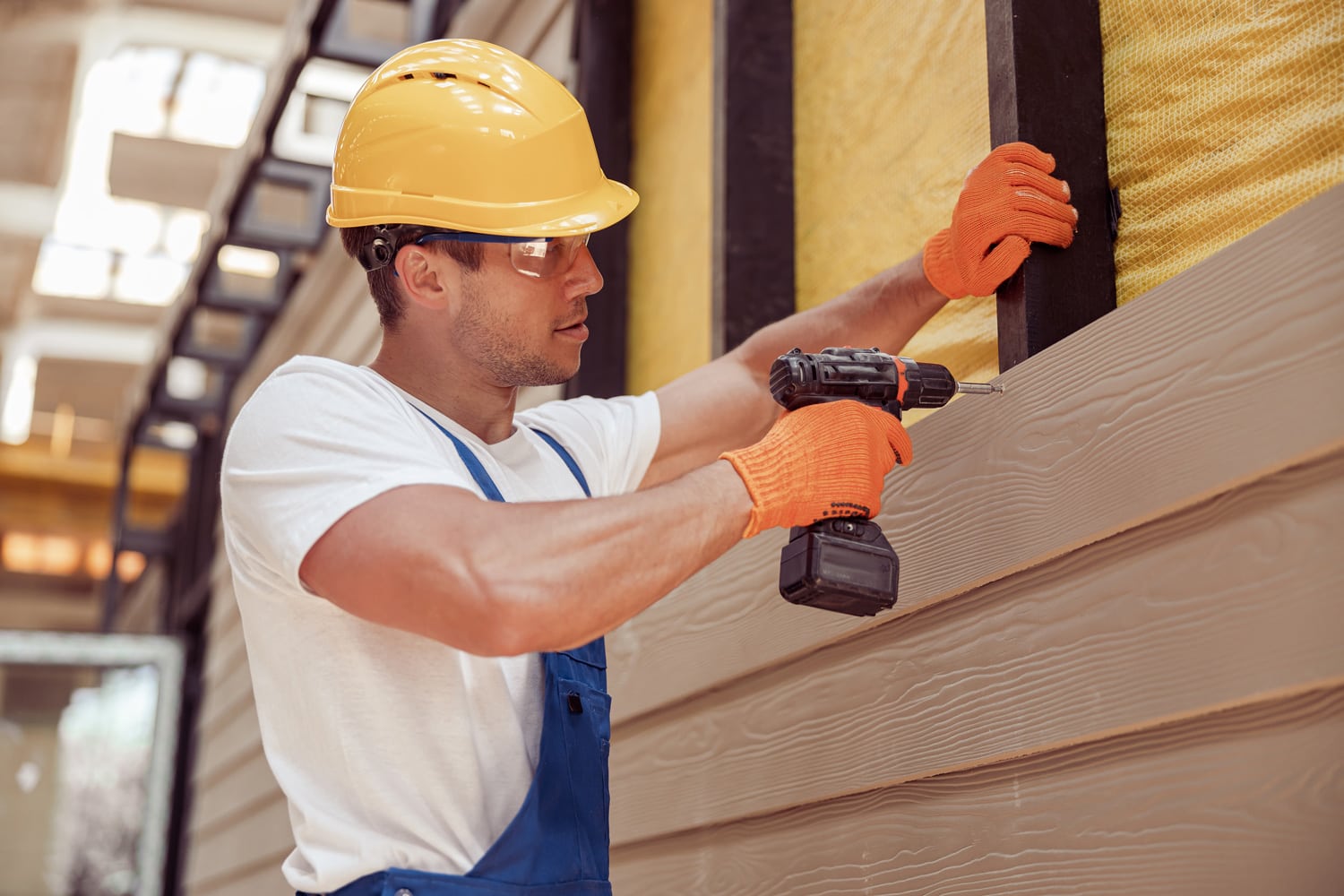
Among the siding materials, this is a low-cost alternative, but in the long run, it is also a high-maintenance siding. Wood is prone to insect and water damage. Thus, wood siding benefits from the seams of overlapping house wrap.
Housewrap is the popular choice for underlayment. It comes in various types: perforated, nonwoven, and drainable house wrap.
Below are the advantages of an installed house wrap for your siding:
Strengthens The Wall Structure
The weather-resistant qualities of the house wrap protect other elements of the wall from being damaged. For that reason, your walls will last longer compared to those without them.
Prevents Weather-Related Problems
House wrap prevents insect infestation and moisture problems, such as the formation of molds and mildew. Without this underlayment, users of a DIY forum relay that moisture can damage the back of the siding and rot sheathing elements.
Lower Bills From The HVAC System
House wrap can provide an additional layer of insulation. Along with adequate insulation, house wrap lessens the workload of your HVAC system. As a result, it reduces your energy use.
The grooved surface of the house wrap better manages water.
Get this Tyvek StuccoWrap on Amazon.
What Goes Behind Hardie Board Siding?
Installing a joint flashing behind Hardie board or fiber cement siding is necessary. Joint flashing is a weather-resistive slip sheet that is 6 inches wide. It reduces moisture penetration between the joints of Hardie siding. Different colors are available on the market, so you can easily match them with your siding.
You must peel, align, and stick pre-cut joint flashing sheets using an adhesive strip.
View this Bear Skin joint flash on Amazon.
Can You Use Felt Paper For Stucco?
Many people use Grade D building paper or asphalt felt paper under the stucco. This paper has a higher water-vapor permeability and is more lightweight compared to tar paper. It can effectively resist water tests for 10 to 60 minutes. In addition, the International Building Code calls for at least two layers of felt paper behind stucco with wood sheathing.
What Is The Blackboard Under Siding?
Blackboard, also called buffalo board, is a fiberboard made of softwood or agricultural by-products. It has an asphalt coating and a stabilizer. It is stronger compared to other fiberboards. Some builders use this for structural wall sheathing.
Why Is Fiberboard Not Recommended As A Modern Wall Sheathing?
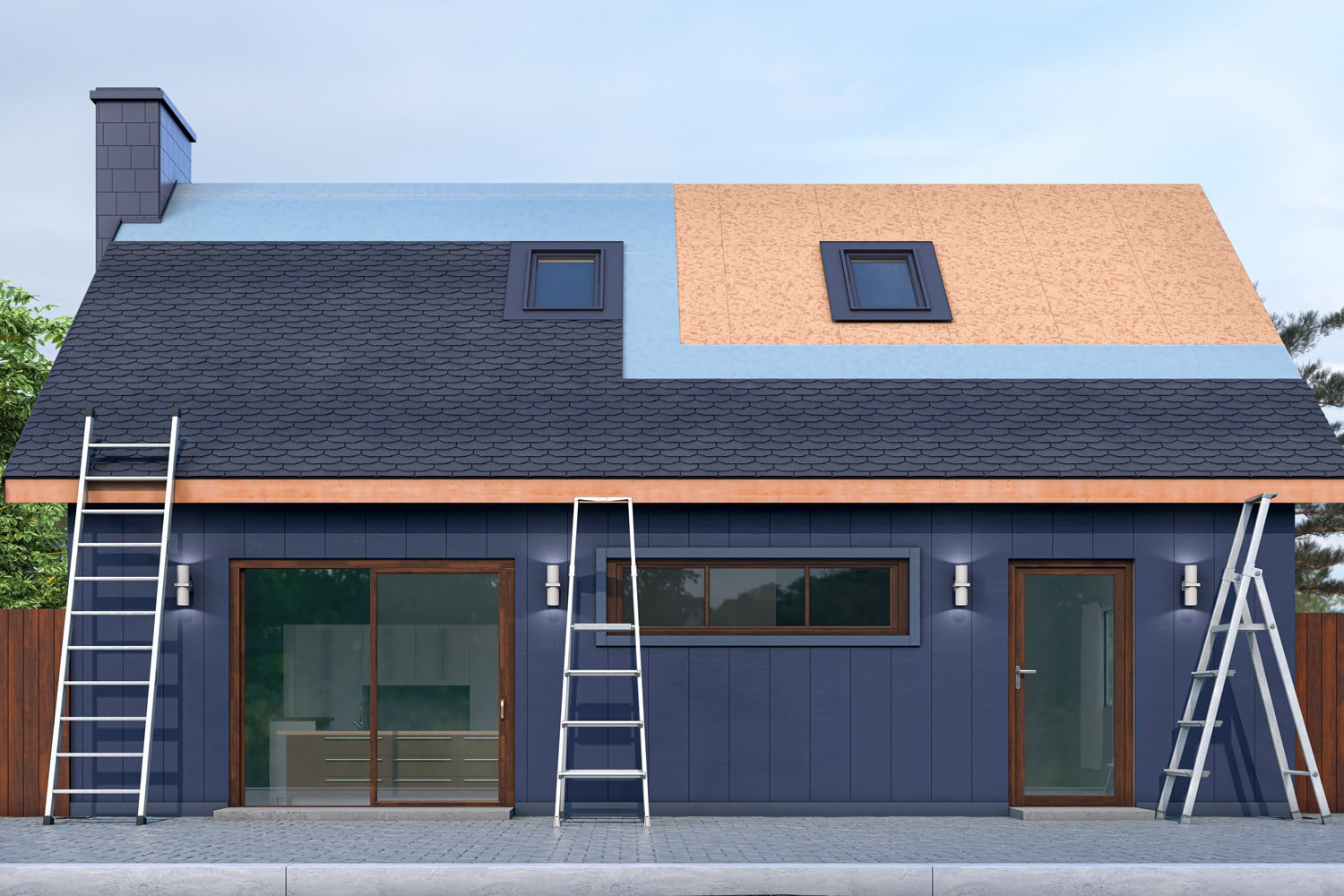
Although fiberboard can provide enough strength and reduce air infiltration as required by local codes, it has structural disadvantages. It cannot withstand natural calamities such as earthquakes without additional bracing.
Additionally, because it has no nail base, the siding must be nailed directly to the framing studs. It is also prone to moisture problems, such as mold growth and wood rot. Fiberboard's adhesive emits formaldehyde gas. This toxic gas causes health problems. In 2018, the US government prohibited the excessive use of this toxic material in wood products.
With these downsides, fiberboard sheathing is less durable in contrast to plywood and OSB.
Is OSB Better Than Plywood?
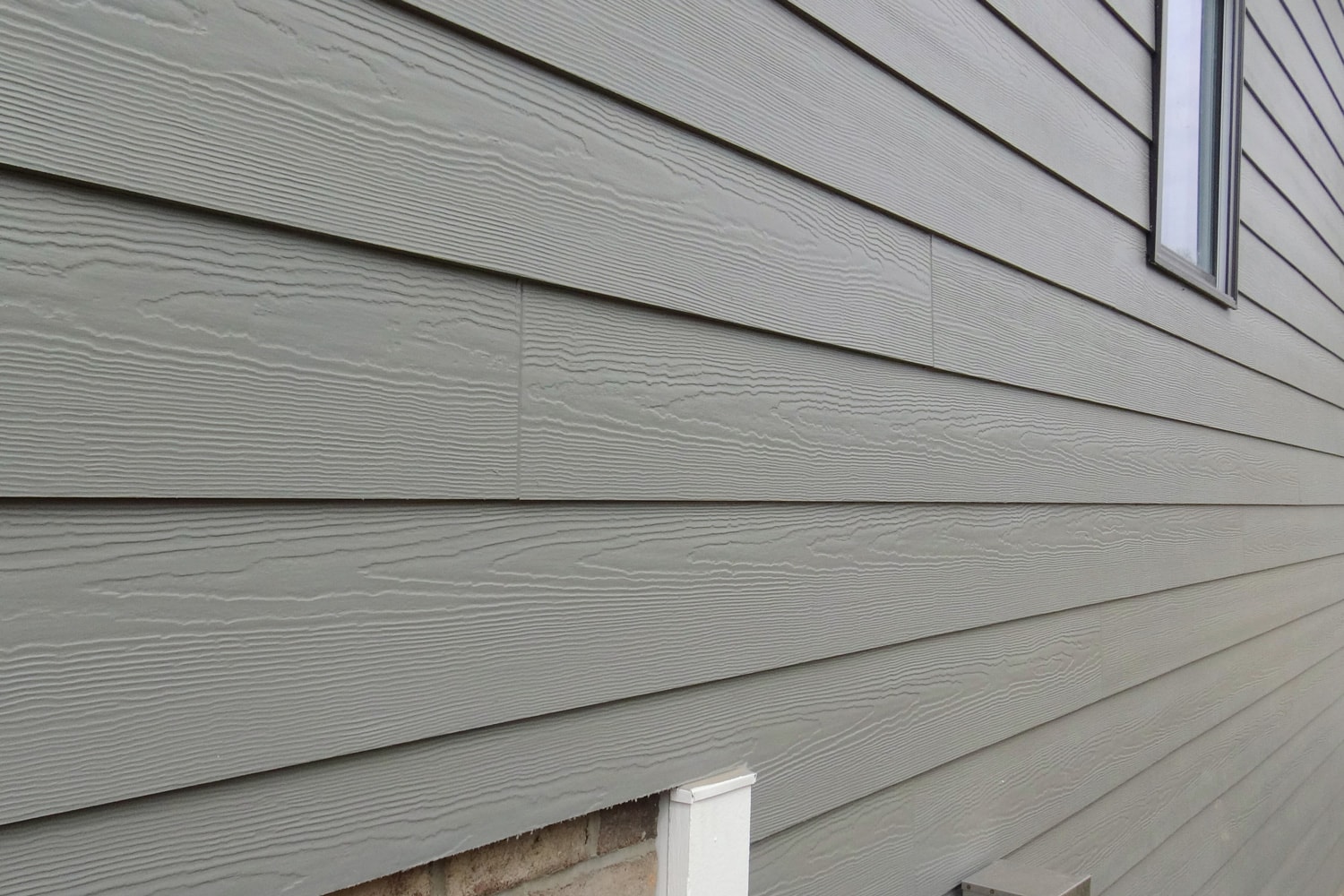
A better option is available, especially with the boards' similar and varying features.
Similarities
According to wood scientists, OSB and plywood have equal structural performance. They are the same with regard to installation requirements, nail base capacity, and storage recommendations. However, these materials have different strengths and weaknesses based on a Georgia-Pacific study.
Differences
To produce an OSB, manufacturers need small-diameter poplars or aspen. Larger and thicker variants are available. Thus, OSB is a more affordable and eco-friendly alternative for plywood. But installation is harder due to its size, and it degrades faster than plywood.
OSB expands when there is a significant amount of water and moisture exposure. Swelling and decaying are frequent problems among its users. You can avoid these problems by using sealants upon installation. Despite this issues, many builders use OSB in their projects.
On the other hand, plywood is made of cross-laminated sheets of veneer that are pressed using special glue. Nails and screws fasten better to it than OSB. Delamination, or the separation of wood layers, is a common problem in plywood sheathings. Moisture and high temperatures are the typical causes of this problem.
Although plywood absorbs water, the wet panels will immediately dry up. As a result, its layers do not readily chip off for certain exposure to water compared to OSB.
Not all plywoods are appropriate for wall exterior. But the advanced forms are more water-resistant. For example, marine plywood is water-resistant, making it suitable for exterior walls. It does not expand, shrink, or warp when exposed to water.
Click here to see this marine-grade plywood on Amazon.
Installation Materials
Various wall construction materials will seal seams and openings, reinforcing the effectiveness of the underlayment and sheathings. Here are some of them:
- Seam tape fastens underlayment between the overlapping layers.
Check this underlayment seam tape on Amazon.
- Flashing tape seals the wall exteriors to avoid penetration around windows, doors, and other openings. It can conform to the shape of the nails and staples without punctures and tears.
Click here to view this flashing tape on Amazon.
- Galvanized nails with corrosion protection secure the attachment of sheathing and lathing materials.
View these siding nails on Amazon.
Installation Tips
Here are some simple ways to ensure effective and efficient installation:
- Create a plan and budget to minimize the cost.
- Let the professionals handle it, ensuring proper installation and avoiding damage.
- Note the quality and toxicity of the materials you will use.
- Follow ICC building codes for safety and best practices.
- Learn from video guides for a DIY project.
Final Thoughts
Underlayment and sheathing can be found beneath your siding. They protect your walls against damage caused by air, heat, water, and moisture. Various types are available depending on their specs and the siding.
Installing these materials may require the help of trusted professionals. Remember, each layer of a wall has its own function.
For more information about wall construction, read these posts:







